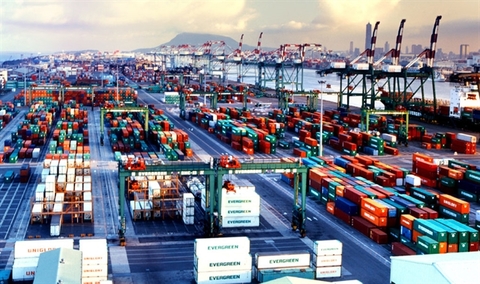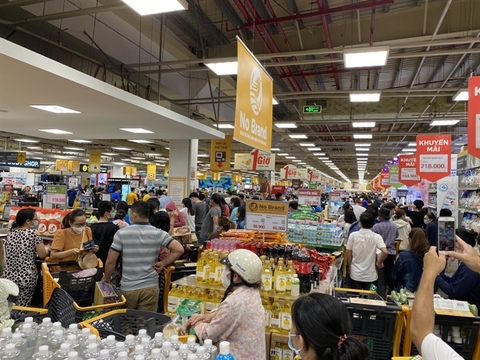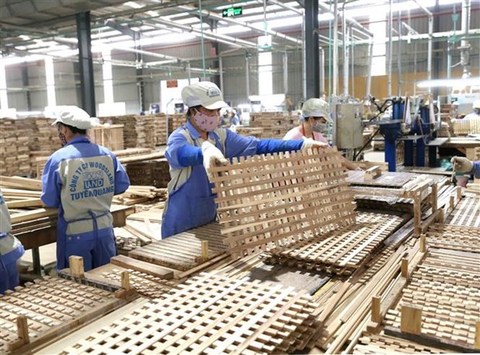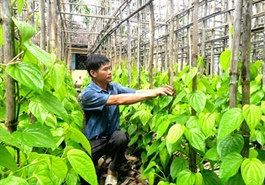Investment opportunities for automotive component manufacturers
Investment opportunities for automotive component manufacturers
The leading 25 automotive component manufacturers from India arrive in Vietnam from August 21 to 26 to look for investment opportunities.
These 25 businesses are members of the Automotive Component Manufacturers Association (ACMA), which has over 800 members and accounts for 85 per cent of the component production revenue in India.
Yuvraj Kapuria, chairman of YBLF – a member of ACMA – and vice chairman of The Hi-tech Gears Ltd. said, “Vietnam attracts many of the world’s leading groups in the automotive industry, including original equipment manufacturing (OEM) facilities and Tier 1 solar panel factories. Thus, ACMA wants to cooperate with domestic automotive manufacturing vendors to exploit the potential. We accept all investment methods, including direct investment in the country.”
Within the framework of the trip, these businesses will work with authorities, ministries, and associations relating to the automotive sector and meet first-tier vendors in Vietnam.
ACMA wants to cooperate with domestic automotive manufacturing vendors to exploit the potential. We accept all investment methods, including direct investment in the country.
Vietnam’s automobile industry has grown significantly in recent years thanks to the country’s fast-growing middle class. The main auto supply markets for Vietnam in 2021 were Thailand and Indonesia, with both markets together accounting for 82.3 per cent of the country’s total auto imports.
However, the production and assembly of automobiles in Vietnam are at a basic level and specialisation is still lacking.
The country imports up to 85 per cent of its vehicle components, including engines, transmissions, whole bodies, electronic components, steel components, and injection-moulded parts.
Meanwhile, the localisation ratio of 15 per cent combines bulky components such as seats and wiring looms.
The main reason for the weakness is that domestic manufacturers can not meet the strict requirements of joint ventures due to the limited level of technology. The lack of production specialisation makes components produced in Vietnam cost two to three times more than in other countries in the region.





















